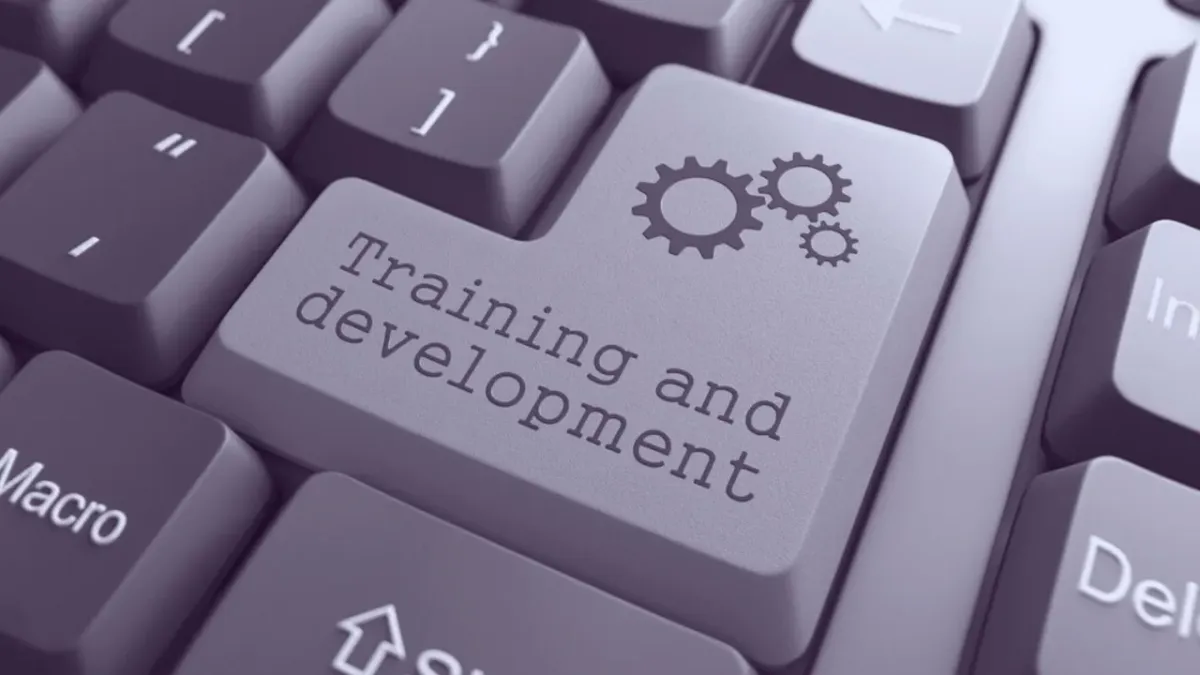
Online Course Creation - Part I - Planning & Development
Part I - Planning & Development
The Boom of Online Learning
As we all know, the last 2+ years have brought about many changes (read challenges) when it comes to how we do business and more specifically, how we train and learn. That said, it has also offered a number of growth opportunities in areas where it previously didn’t seem plausible. While that doesn’t make the hardships of the last few years disappear (far from it), it does open up some thought for where we can go from here, especially when it comes to online education and training.
While the pandemic certainly skyrocketed the boom-like growth within online learning, virtual events and the overall enhancement of virtual facilitation, the online education industry was actually already experiencing significant growth and adoption in the years leading up to it.
As a result, learning and streaming platforms come to the plate in a big way, as you can see in the graphs below that demonstrate the exponential growth of online learning from 2016 until the end of 2021, with no signs of slowing down for the foreseeable future.

Source: weforum.org
Benefits of online learning
Despite recent necessity, there are many practical benefits in moving more learning opportunities onto a virtual platform, the most obvious being accessibility. Virtual courses and webinars are accessible to anyone with an internet connection and digital device capable of running streaming software. And, since they typically run at a lower price point, they are a more viable financial option for most would-be learners.
Additionally, the flexibility of self-paced learning makes adding coursework to an already seemingly full schedule much more attractive to many busy professionals, creating a larger playing field for those looking to break into online facilitation.
From a facilitation stand-point, online education offers a much lower-pressure avenue to begin to share expertise and knowledge. Public speaking continues to be a major obstacle for many Subject Matter Experts, so having an online option can make it a more feasible expansion option, which is a welcomed addition for many.
Challenges to course creation/facilitation
As with most things in a rapid growth phase, there are bound to be challenges that come up and online learning is no different!
Learners who struggle with time management may find self-led learning overwhelming and ineffective. Technology challenges continue to create lags and frustration and varying quality of internet connections and speed can also create a less than appealing experience.
Many prefer to learn in a group with face to face discussion and exercises, making online facilitation less appealing and less socially fulfilling.
However, there are ways to overcome most of these challenges, thankfully, which we will lay out as we go through our best practices for creating an online course!
In this edition of this blog series, we will lay out the basic elements needed when preparing and developing your online course structure. In future editions we will dive into facilitation, production, testing, marketing, communication, and follow-up practices so that you have a well-rounded approach to creating your own online course.
Best Practices for creating an online course
Preparation
The success of your online course will rely heavily on the level of preparation you put into the planning. When it comes to online course preparation, you must have everything in order, as ad libbing simply isn’t an option, well not a good one anyway! Students will expect course materials to be available before or once the course facilitation begins, meaning you will have to nail down the logical flow of the course well before pulling everything together.
One of the first things you should determine are the learning outcomes you want your students to achieve. Your learning outcomes should clearly outline what your students will be able to understand and undertake once they have completed your course. These learning outcomes will also be very helpful to you when it comes to the marketing and promotion of your program.
In order to lay out your learning outcomes, there are a number or categories of questions you can ask yourself during this phase:
Knowledge + Skills: What will students be able to remember, comprehend, apply, analyze, evaluate or create after completing your course?
Feelings, Emotions and Attitudes: What will students be able to receive, respond to, value, conceptualize or internalize after completing your course?
Physical Movement + Motor Skills: What will students be able to imitate, execute, perform, adapt or naturalize after completing your course?
Once you’ve determined what the learning outcomes will be, it is then time to start working on the modules, segments, layout, and flow of your course so that they appropriately accommodate those goals.
Things to keep in mind when you’re laying out the flow of content are:
Ease of navigation
Clear instructions
Accurate placement of content (are things where you said they would be and when)
Lastly, it is important to also consider the amount of content you are providing. Is it manageable given the parameters of the course? Online courses are often subject to tighter timelines and compressed deliverables, so ensuring that you’re not overloading your participants while still covering the pertinent information is absolutely key.
Development
Once you have a strong layout for your course, the next step is to start developing the content. The best way to do this is to create learning modules. Modules allow for easy organization, a logical sequencing timeline, intuitive grouping of course content and associated learning activities and manageable break-downs of more complex course work.
For most Subject Matter Experts, the development phase is less about creating a new curriculum and more about taking your previous research and programming and figuring out how to succinctly align it with the modules you have set out for this particular course.
Module development is where you will start taking your pieces of content and grouping them together based on the learning outcomes, themes, and topics you have outlined in the preparation phase.
When it comes to the development of your curriculum, it is important to ensure that you’re providing a variety of learning activities (and modalities). You must first consider the goals for your course and how you may incorporate different learning activities to best suit those goals.
Learning activities that you might look to incorporate into your modules are:
Assignments
Case studies
Discussion boards
Collaborative activities
Cohort group discussions
Field interviews
To complete the development phase of your online course creation, ensure that you have grouped similar content in organized learning modules and sub-modules or lessons, created a variety of relevant and impactful activities and modalities to further the learning outcomes, and ensured that the material is organized in a manner that intuitively builds upon each other to help bolster the learning experience.
Stay tuned for our next installment of this series: Creating an Online Course - Facilitation, Production & Testing
In the meantime, however, if you have any questions about how to implement these planning practices, get in touch!






